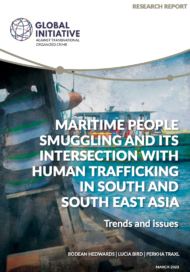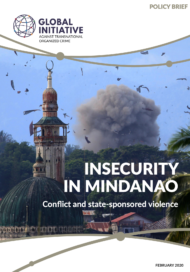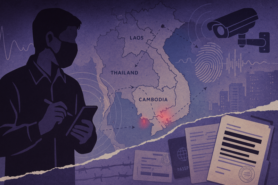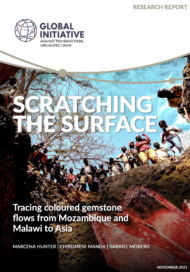Posted on 09 Mar 2023
This report analyzes recent trends in maritime people smuggling from South and South East Asia on journeys towards Asia-Pacific, focusing on four case study countries: Indonesia, Malaysia, India and Sri Lanka.
These were chosen to provide a cross-section of source, transit and destination countries in the region, with Sri Lanka and Indonesia being well-established departure countries toward Oceania. The paper considers key trends, the impact of the COVID-19 pandemic and intersections with human trafficking. It is important to note that maritime migration does not occur in isolation but typically forms part of what is usually a longer migration journey that involves land border crossings as well as air routes.
This report examines trends in the smuggling of migrants across maritime pathways in South and South East Asia, with a particular focus on journeys towards the Asia-Pacific region. The paper provides insight into the conditions that compel migrants to choose people smuggling – and particularly maritime smuggling – as a means of migration and details the reasons that influence migrants’ decisions in relation to destination and migration routes. It explores the factors that make irregular migrants vulnerable to trafficking during their journey and examines the nature of maritime people-smuggling models and operations around the region, looking at, among other factors, recruitment, payment, and border crossing and immigration arrangements.
Finally, drawing on what is known about people-smuggling dynamics and experiences across South and South East Asia, the report explores emerging responses identified during interviews that are thought to be having an impact on the various intersections of people smuggling and human trafficking.




